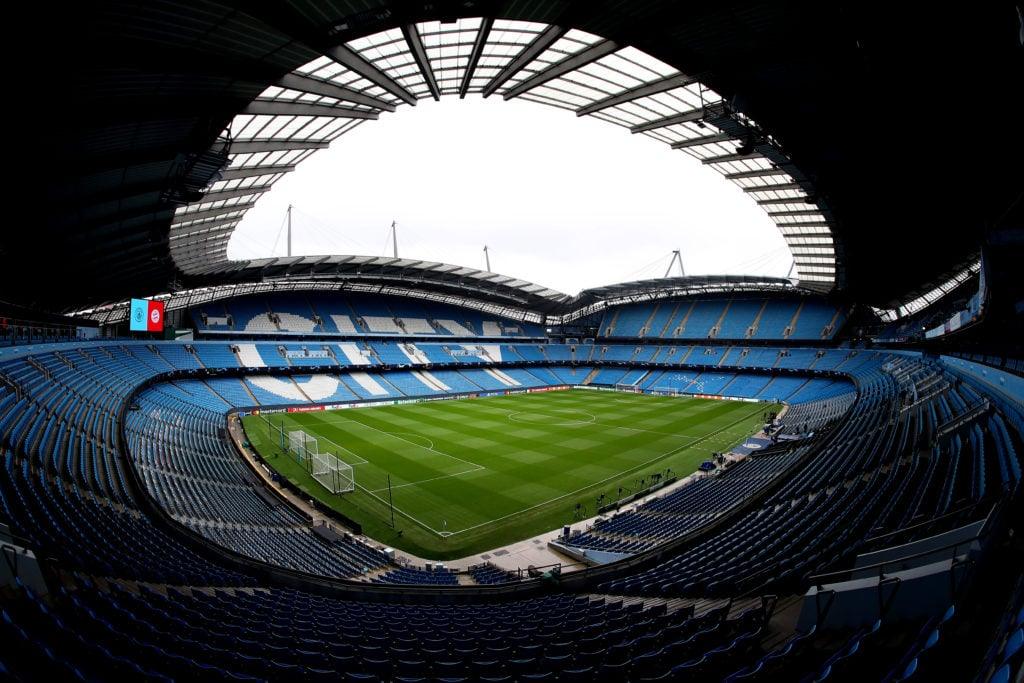The Etihad Stadium: A Landmark in Football History

Introduction
The Etihad Stadium, officially known as the City of Manchester Stadium, serves as the home ground for Premier League club Manchester City. Since its opening in 2003, the stadium has become a pivotal landmark in Manchester, not only for football fans but also for the local community. Its significance extends beyond just hosting matches; it plays a crucial role in the cultural and economic landscape of the city.
History and Development
Originally built for the 2002 Commonwealth Games, the Etihad Stadium underwent significant transformation to accommodate the football club’s needs after Manchester City moved in. The stadium boasts a seating capacity of over 53,000, making it one of the largest club football stadiums in the United Kingdom. Following Manchester City’s takeover by the Abu Dhabi United Group in 2008, the club initiated extensive developments, including enhancements to the stadium facilities and surrounding areas, aimed at improving fan experience and increasing attendance.
Recent Events and Upgrades
In recent years, the Etihad Stadium has witnessed substantial upgrades, including improvements to the hospitality areas and the implementation of state-of-the-art technology within the stadium. The club aims to provide an unparalleled matchday experience, introducing initiatives such as contactless entry systems and improved accessibility features for all fans. These updates align with Manchester City’s vision of sustaining its status among the elites of European football. Notably, the club reached the UEFA Champions League final in 2021, showcasing the stadium on an international stage and solidifying its reputation.
Community Impact
The Etihad Stadium is more than just a sports venue; it serves as a hub for community activities and initiatives. Manchester City has developed numerous outreach programmes that utilise the stadium for educational, health, and cultural initiatives. These efforts highlight the club’s commitment to contributing positively to the local community and enhancing social cohesion through sport.
Conclusion
The Etihad Stadium stands as a symbol of Manchester City’s ambition and the robust bond between the club and its supporters. With continuous investment in infrastructure and community engagement, the stadium’s future looks bright. As Manchester City strives for further success both domestically and internationally, the Etihad will undoubtedly remain central to the narrative of football in the region, reinforcing its status as a premier sporting destination.
